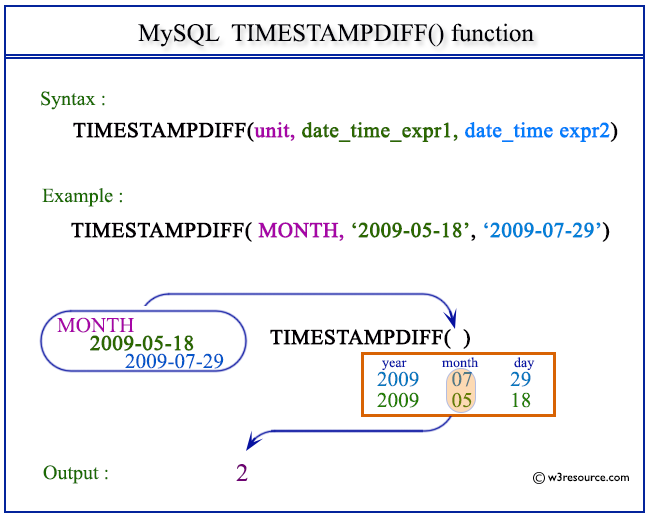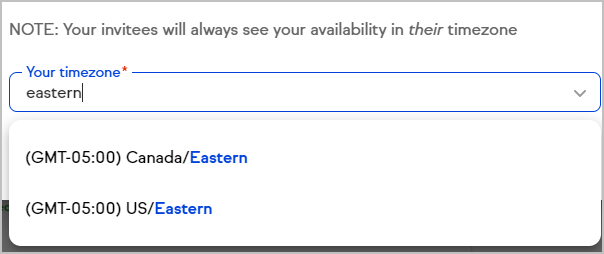
- DATETIME MINUS MINUTES APEX HOW TO
- DATETIME MINUS MINUTES APEX PLUS
- DATETIME MINUS MINUTES APEX SERIES
getElapsedTimeSeconds(startTime, endTime) method. Getting date time stamp difference in hours, minutes & seconds. So because I actually wanted this I just changed it slightly. Return GetElapsedTime(startTime, endTime). I needed the elapsed time in a readable format, so simply getting the string value of the time elapsed was suitable for me.īuilding on Programmable Medley's solution for calculating elapsed time between two times.

This will now give you the flexibility you need. Now your utility will look something like this: Integer secondsElapsed = YourUtilit圜lass.GetSecondsElapsed(YourDateTimeOne, YourDateTimeTwo)) Let's see bellow example python subtract 1 minute to date string. This post will give you simple example of python minus minutes to date in dataframe.
DATETIME MINUS MINUTES APEX HOW TO
it's simple example of how to subtract minute to current date in python. Return GetElapsedTime(startDate, endDate).seconds() Im going to show you about how to subtract minutes to date in python. Then have the following method: public static Integer GetSecondsElapsed(DateTime startDate, DateTime endDate) Return GetElapsedTime(startDate.time(), endDate.time()) You could go a step further and do the following as well: public static Time GetElapsedTime(DateTime startDate, DateTime endDate) You can then call the method with your DateTimes like: Integer secondsElapsed = YourUtilit圜lass.GetSecondsElapsed(YourDateTimeOne.time(), YourDateTimeTwo.time()) Right answer is: Datetime userTime datetime in user timezone Datetime datetimeInGmt Datetime.valueOf (userTime.format ('yyyy-MM-dd', 'GMT')) Now it is displayed properly in UI (first is Datetime in user timezone and second Work Start field in GMT) Share.

Return GetElapsedTime(startTime, endTime).second() So you can create another method like so: public static Integer GetSecondsElapsed(Time startTime, Time endTime) So for example, if you needed seconds elapsed for two DateTimes, you could use another method on-top of the one I put above. Now that I have an elapsed time method, I could get my elapsed time as a Time object and do whatever I see fit. Return Time.newInstance(elapsedHours, elapsedMinutes, elapsedSeconds, elapsedMiliseconds) Integer elapsedMiliseconds = endTime.millisecond() - startTime.millisecond() Integer elapsedSeconds = cond() - cond() Integer elapsedMinutes = endTime.minute() - startTime.minute() Integer elapsedHours = endTime.hour() - startTime.hour() So I created the following utility: public static Time GetElapsedTime(Time startTime, Time endTime) If you have a report where you could sacrifice a small amount of precision for big improvements in report file size, then you may find the following Power Query function helpful.I know this is kind of late, but I had a similar need for elapsed time which may help in your case. Rounding your datetimes where possible can help Vertipaq to compress your model much better. For many applications, knowing the precise second that an event occurs isn’t as important as knowing what minute or hour it occurred in. In these scenarios, I’ve found it best to aggregate your timestamps by rounding to the nearest minute. For example, many of the publicly-available custom visuals oriented around process mining require that you supply a datetime field.

Subtraction operator / Unary minus / Datetime subtraction. But this won’t be helpful for every scenario. For salesforce apex language, you can use 5 mode as below: RoundingMode.CEILING RoundingMode. i.e Time (StopDate) - Time (StartDate)Time in minutes. I need to retrieve only the time part out of this date. Date is stored in the 'YYYY-MM-DD hh:mm:ss tt' format. I have date's stored in a SQL database, the field type being datetime.

DATETIME MINUS MINUTES APEX PLUS
In a single year alone, you may have as many as 31,622,400 unique datetime values (this is the number of seconds in a leap-year), so your cardinalities can easily come an issue for large datasets.Ī useful technique for dealing with this is to store the dates and times in separate columns in your model, which reduces you down to 86,766 unique values for a leap year (number of seconds in a day plus number of days in a leap-year). Subtract two date fields to get time difference in minutes.
DATETIME MINUS MINUTES APEX SERIES
When a column has a lot of unique values (hundreds of thousands, or more), the Vertipaq engine has a hard time compressing the data and allowing for a compact model.Ī common scenario for experiencing high cardinality columns is when you’re dealing with event data, where you have precise datetimes down to the second for a series of events. One of the most common culprits behind a large data model in Power BI is the presence of columns with a high cardinality.


 0 kommentar(er)
0 kommentar(er)
